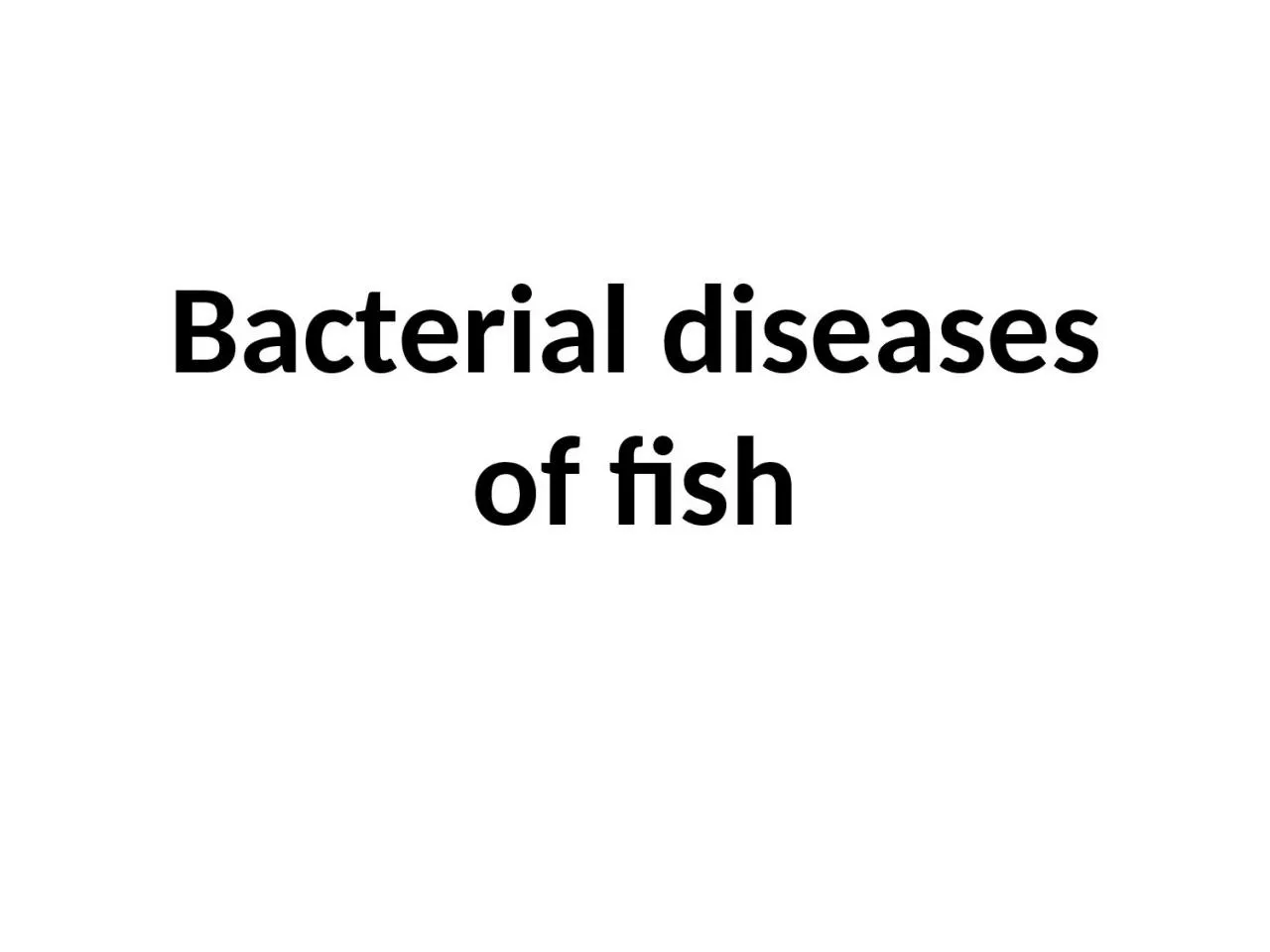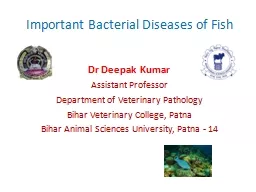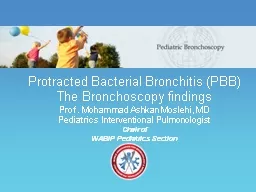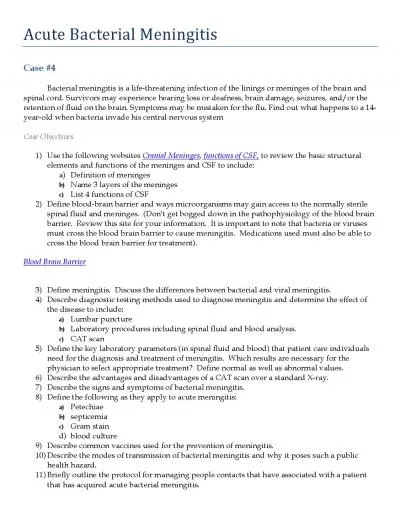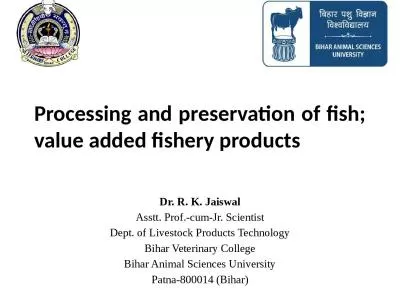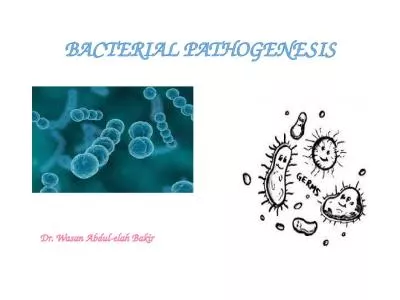PPT-Bacterial diseases of fish
Author : pamela | Published Date : 2024-03-13
Columnaris disease Saddleback disease The disease is brought in many cases by fish that have been badly handled and often have been subjected to stress Among predisposing
Presentation Embed Code
Download Presentation
Download Presentation The PPT/PDF document "Bacterial diseases of fish" is the property of its rightful owner. Permission is granted to download and print the materials on this website for personal, non-commercial use only, and to display it on your personal computer provided you do not modify the materials and that you retain all copyright notices contained in the materials. By downloading content from our website, you accept the terms of this agreement.
Bacterial diseases of fish: Transcript
Download Rules Of Document
"Bacterial diseases of fish"The content belongs to its owner. You may download and print it for personal use, without modification, and keep all copyright notices. By downloading, you agree to these terms.
Related Documents

